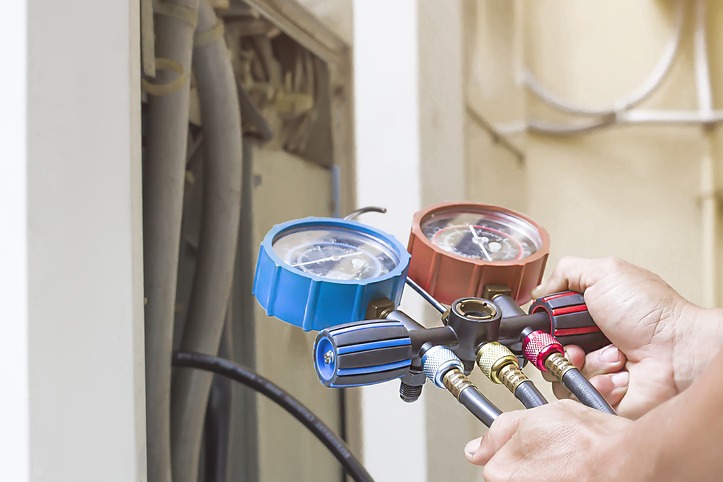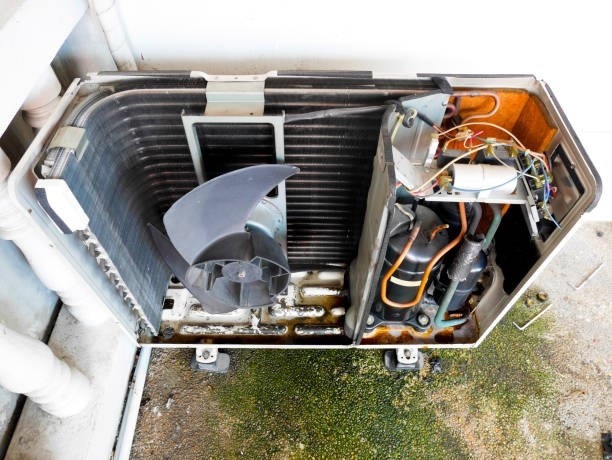As the weather gets warmer, it’s time to start thinking about AC tune-ups. This is a preventive measure to make sure your AC unit is running efficiently and doesn’t break down when you need it the most. Regular AC tune-ups will help you properly maintain your air conditioner and keep it running smoothly all summer long. It includes a number of tasks that should be completed on a regular basis, such as changing the filter and checking the refrigerant levels. Additionally, there are some more specific tasks that should be performed only once or twice a year, such as cleaning the coils or checking the wiring.
In most instances, you should get a qualified HVAC technician to perform a tune-up on your HVAC system. The AC tune up checklist includes a number of tasks to ensure the equipment is running at peak performance. Let’s take a look at some things that are involved in a regular AC tune-up.
Check refrigerant levels
When it comes to your air conditioner, refrigerant levels are key. If the levels are too low, your AC won’t be able to produce cool air. If they’re too high, you could end up with an expensive repair bill. That’s why it’s important to check your refrigerant levels as part of your annual AC tune-up.
Your technician will use a special tool called a manifold gauge to measure the pressure and temperature of the refrigerant in your system. From there, they can determine whether the levels are correct or need adjustment. If necessary, they can add more refrigerant or remove some if it’s overfilled. By keeping tabs on your refrigerant levels, you can help ensure that your AC is running at its best all summer long.
Test compressor amperage and voltage
The purpose of the amperage and voltage test is to check the compressor’s electrical system. This will help you determine if there is a problem with the compressor or another component in the electrical system. The compressor amperage and voltage test should be performed while the system is running. You will need a multimeter to complete this test.
To start, set the multimeter to volts AC. Place one probe on each of the two wires coming from the compressor. The reading should be between 220 and 240 volts AC. If it is not within this range, there may be a problem with the compressor or another component in the electrical system.
Next, set the multimeter to amps DC and place one probe on each of the two wires coming from the compressor. The reading should be between 6 and 10 amps DC. If it is not within this range, there may be a problem with the compressor or another component in the electrical system.
Inspect your condenser unit for damage or obstructions
The condenser unit is the part of the air conditioning system that is responsible for releasing heat. The air conditioning system will not function properly if it is damaged or obstructed. It is important to inspect your condenser unit for damage or obstructions before attempting to perform a tune-up on your air conditioning system. If you notice damage or other issues, it is important to remedy the situation as soon as possible. Obstructed airflow could cause damage to the condenser and lead to other issues with your equipment.
Clean the unit and equipment components
AC units are prone to collecting dirt, dust, and other allergens over time. Not only is this unsightly, but it can also lead to decreased performance, reduced indoor air quality, and even system failure. By cleaning your AC unit and components, you can help ensure that your system runs more efficiently and lasts longer. The first step is to remove the cover of the AC unit. Be sure to wear gloves and safety glasses, as there may be dust or other allergens present. Use a vacuum cleaner to remove any dirt, dust, or debris from the unit.
The next step is to clean the coils. The coils are located on the exterior of the AC unit. Use a vacuum cleaner to remove any dirt or debris from the coils. If the coils are dirty, you can use a coil cleaner to clean them. A water hose is perfect for cleaning dirty coils. Be sure that the fins don’t get bent or broken during this process.
Overall, regular AC tune-ups are important for keeping your air conditioning system running smoothly and preventing costly repairs. By following the recommended steps in a tune-up checklist, you can help ensure that your system is running efficiently and that all components are in good working order. A qualified HVAC technician can perform regular professional tune-ups.


